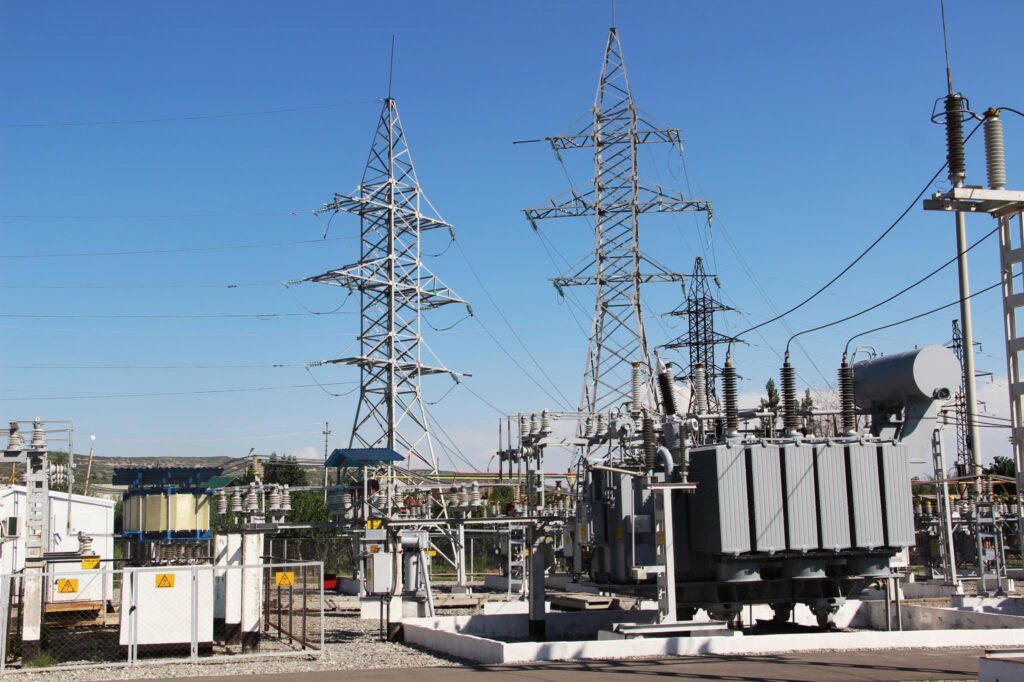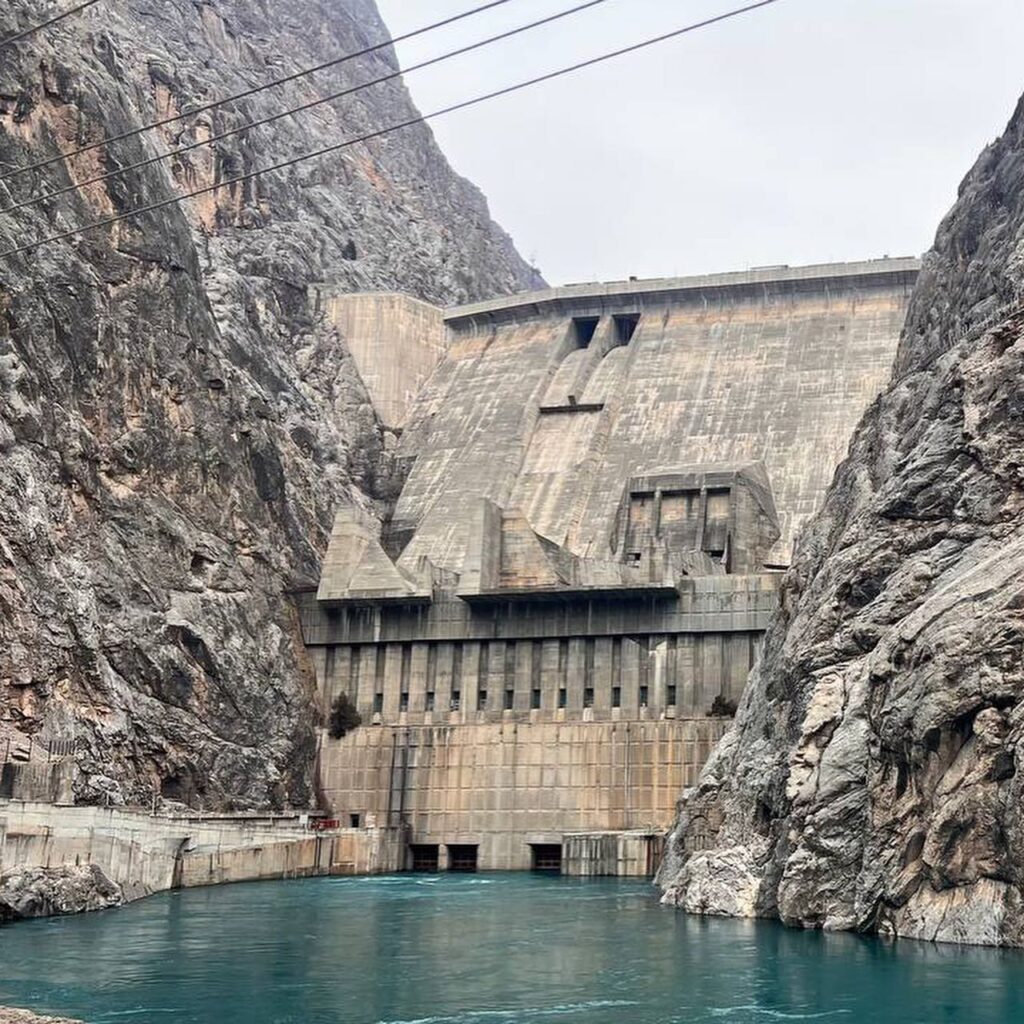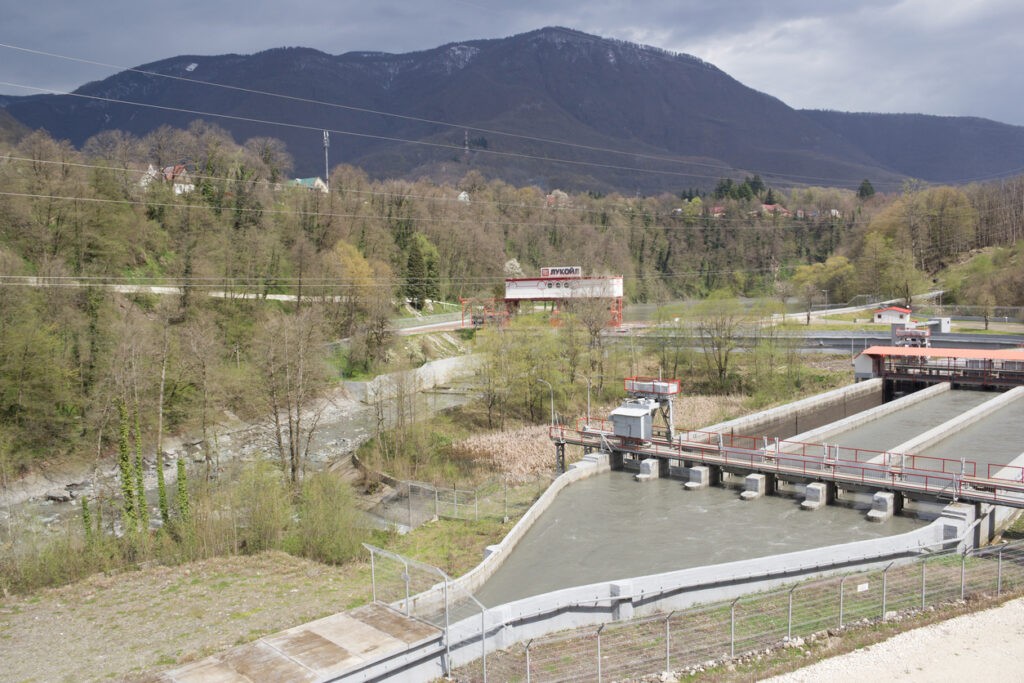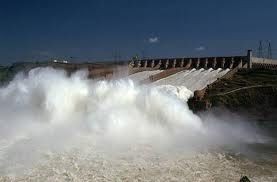Climate Change Threatens Kyrgyzstan With Potential Energy Crisis
With electricity serving as Kyrgyzstan's main source of heating for a third of the country's population, national power consumption is tripling during the winter months, according to the Kyrgyz Energy Ministry. The ministry has drafted a law requiring "efficient and rational" use of electricity. Also, according to the draft law, authorities should develop efficient ways to generate electricity that take into account global climate change. "At present, the shortage of domestic energy resources and constantly rising prices for imported hydrocarbons are constraining factors in increasing production and fully meeting the needs of the population and the real sector of the republic's economy in the power grid," reads the background to the draft law. According to the ministry, the country's leadership has laid out the task of creating conditions for introducing progressive technologies, equipment and materials into Kyrgyzstan's energy sector that can ensure a qualitative improvement in the efficiency of domestic energy consumption. The background to the draft law states that in order to achieve this, the first priority is a system of strict record-keeping of electricity consumption by private companies and the population. The Ministry of Energy investigated and found that 35% of Kyrgyz people use electricity for space heating in winter. That's because electricity is cheaper than traditional energy resources such as gas and coal. Officials argue that the low level of electricity tariffs for the population does not incentivize energy conservation. International observers have repeatedly said that increasing the price of electricity is a necessity, but the country's authorities don't want to take unpopular measures. The Ministry of Energy believes that if every citizen is concerned about saving electricity and using it rationally, the country's dependence on power imports will be reduced. As the Times of Central Asia has previously reported, Kyrgyzstan has a serious imbalance in its energy system, despite the country's large water reserves. Electricity consumption grows by six% every year, forcing the authorities to import electricity from neighboring countries during the winter. But by the 2030s, the situation could seriously deteriorate. That's because most of the country's hydroelectric power plants, which generate 78% of Kyrgyzstan's electricity, are located on the Naryn River. Climate scientists predict that the flow of Kyrgyzstan's main river will decrease by 15-50% after 2030. That means the already low water levels in Kyrgyzstan's largest reservoirs could become even lower. This year, Kyrgyz authorities seriously intend to begin construction of a new large power plant, Kambarata-1, which will also be located on the Naryn River. The cost of the project is more than $3 billion. The new draft law from the Ministry of Energy notes that the Kyrgyz energy sector is highly vulnerable because the main power facilities depend on the flows of only one river. And the persistently warmer temperatures brought by climate change could worsen the industry's already considerable problems. That's why more small hydropower plants (HPPs) need to be built in Kyrgyzstan. Kyrgyz President Sadyr Japarov has repeatedly said that for energy security, more small HPPs need to be...





